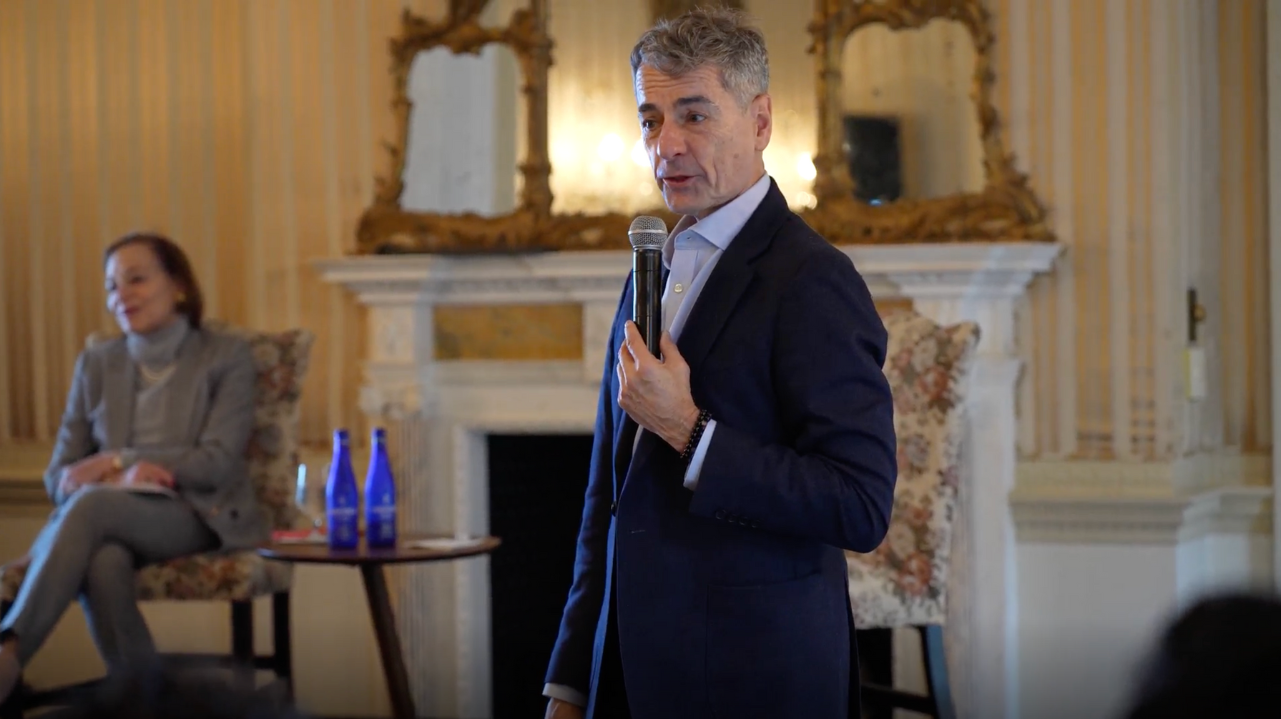Chart: FDI in Latin America and the Caribbean
Chart: FDI in Latin America and the Caribbean
Though foreign investment in the region declined 4 percent overall, FDI in Mexico and Brazil’s automotive industries hit record numbers in 2017.
Foreign direct investment in Latin America and the Caribbean fell 4 percent in 2017—the third consecutive year to see a drop. But it wasn’t nearly as bad as the 23 percent drop worldwide, according to the Economic Commission for Latin America and the Caribbean’s 2018 annual report on foreign direct investment (FDI), released this month. Around the region, the report highlighted how Brazil’s recovery largely tapered off by the end of 2017, Argentina recovered almost all the FDI it lost in 2016, Panama took in the lion’s share of Central America’s FDI, and tourism buoyed FDI to the Caribbean.
Even if overall levels are down modestly, the type of investments have meant transformative shifts over the last decade. In 2008, 24 percent of all FDI went to Latin America’s natural resources, thanks to a commodities boom and climbing oil prices. By 2017, that figure had fallen to 8 percent. Driven largely by the automotive industry, the manufacturing sector increased its share of the pie, taking in 31 percent of all investment dollars last year, up from 23 percent a decade ago. Of note, FDI in both Mexico and Brazil’s automotive industries hit record numbers in 2017, and Mexico is the number three destination in the world for FDI in the aerospace industry after China and the United States. The share of investment to the services sector—which includes industries like renewable energies and telecommunications—is slightly smaller than it was a decade ago, but it still draws 36 percent of all FDI to the region.








